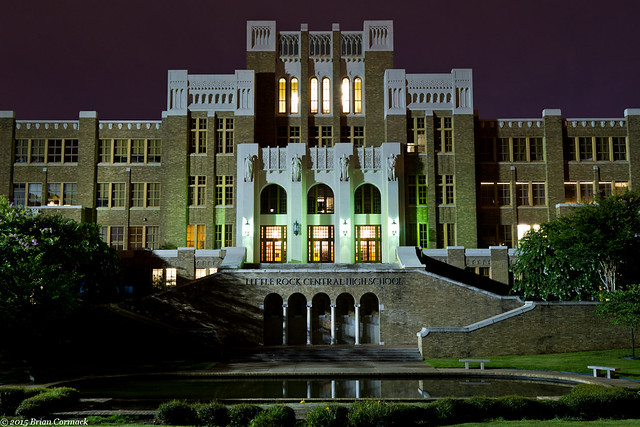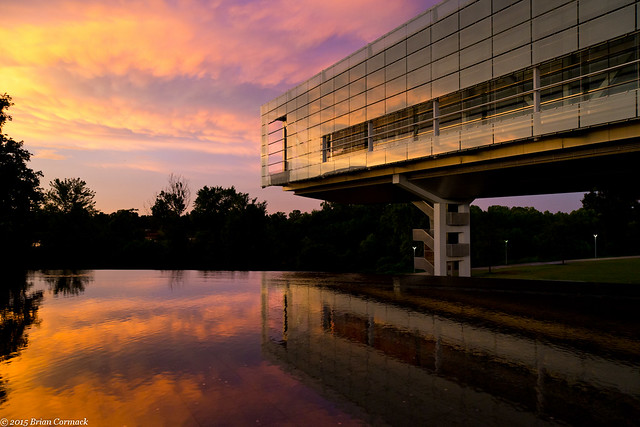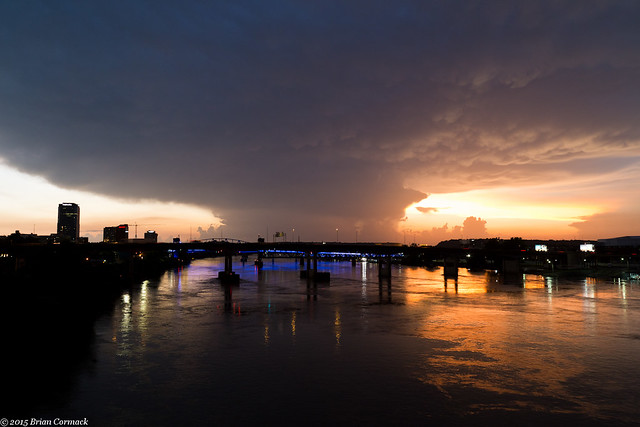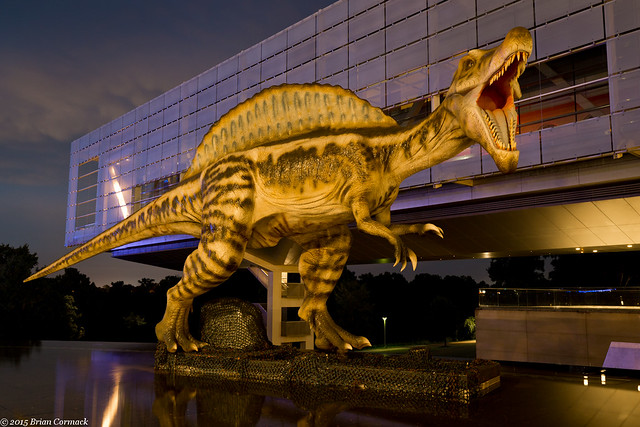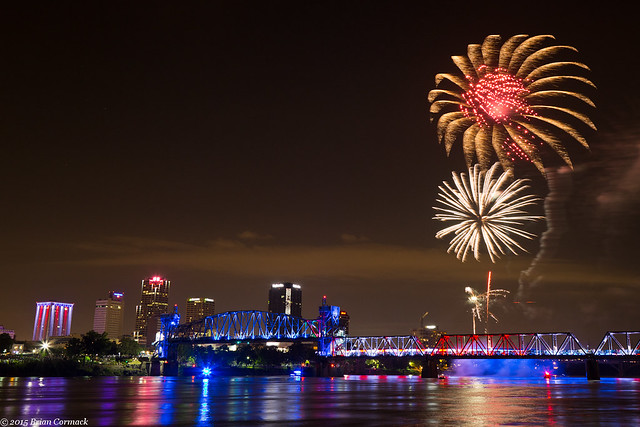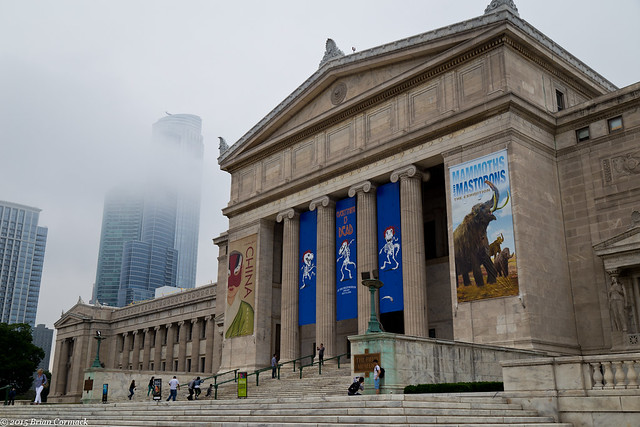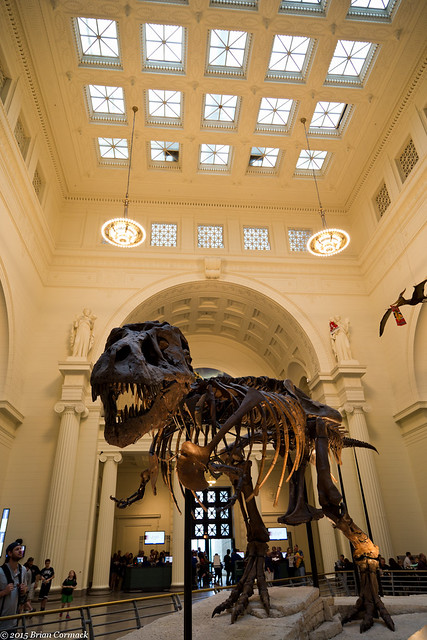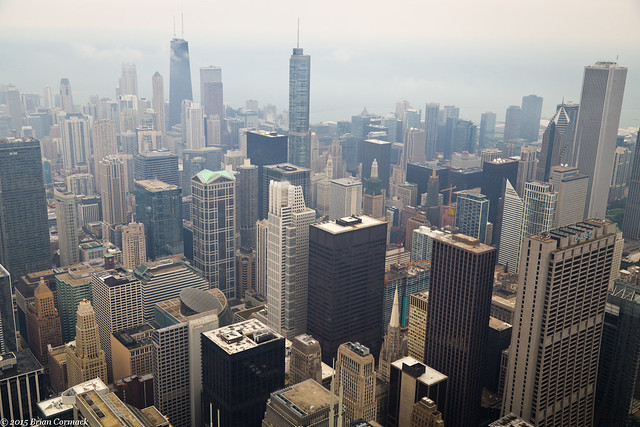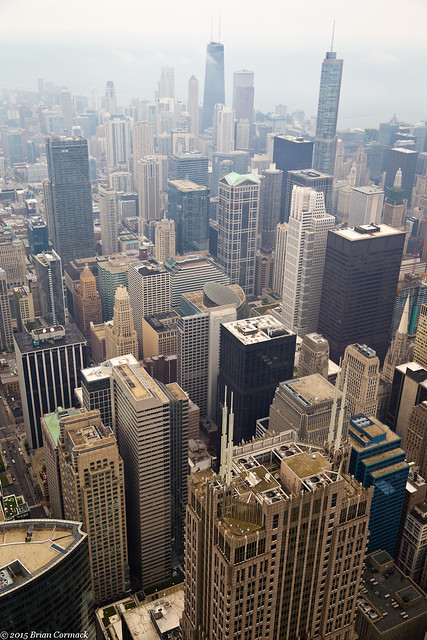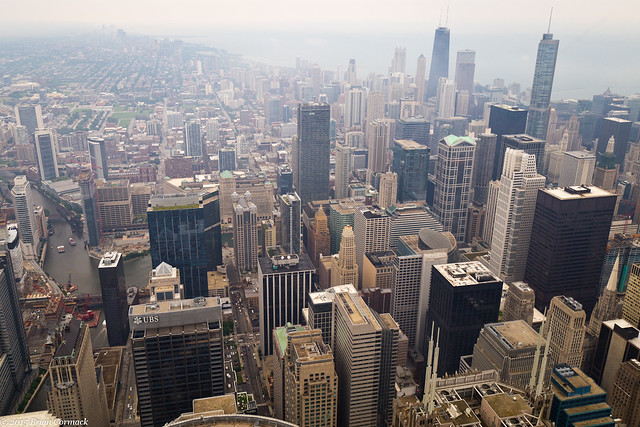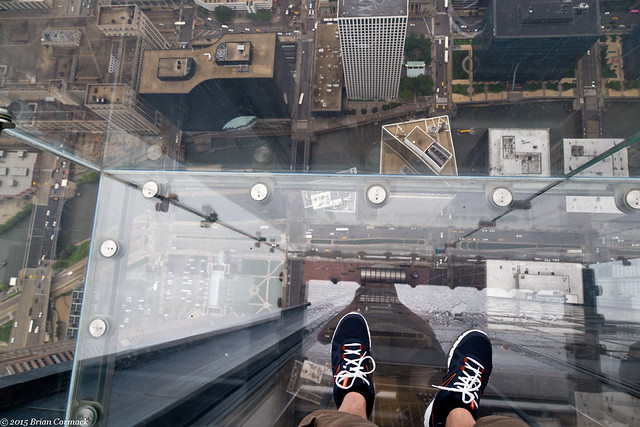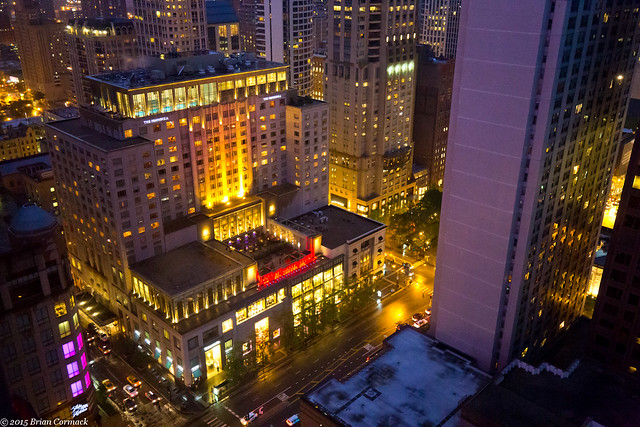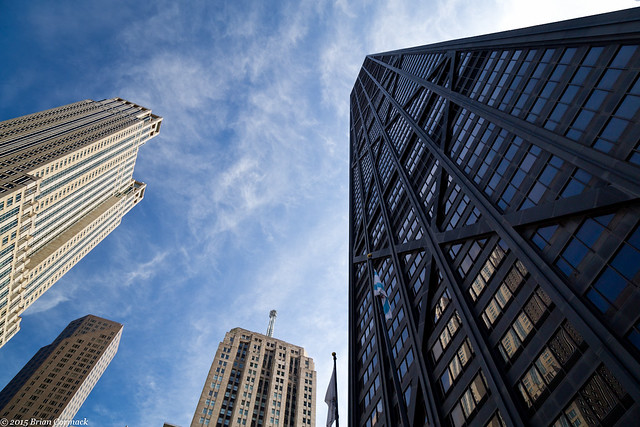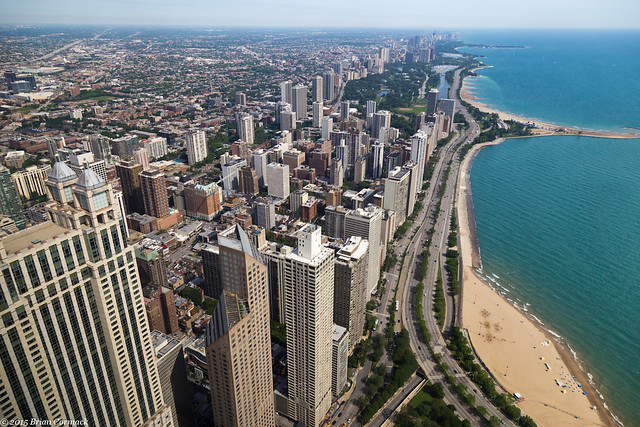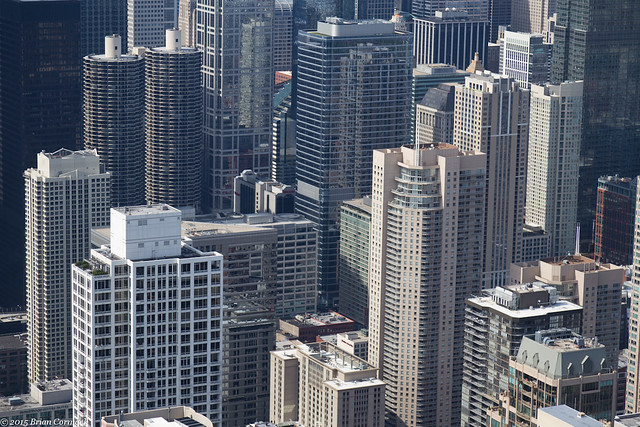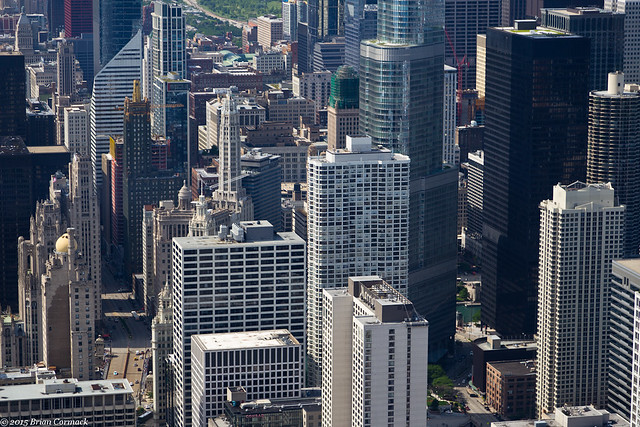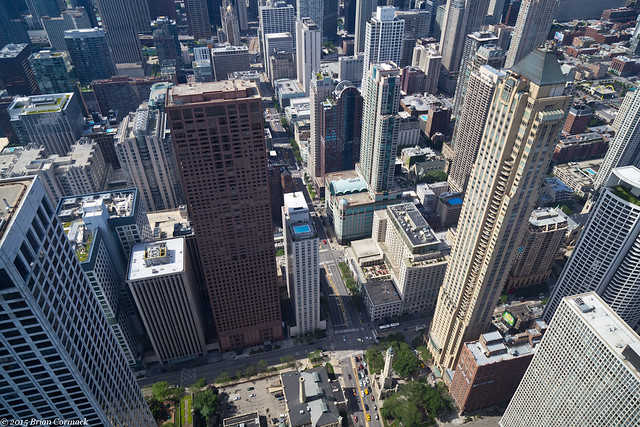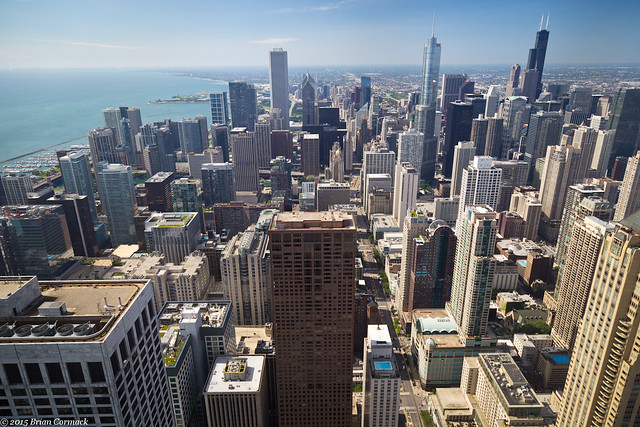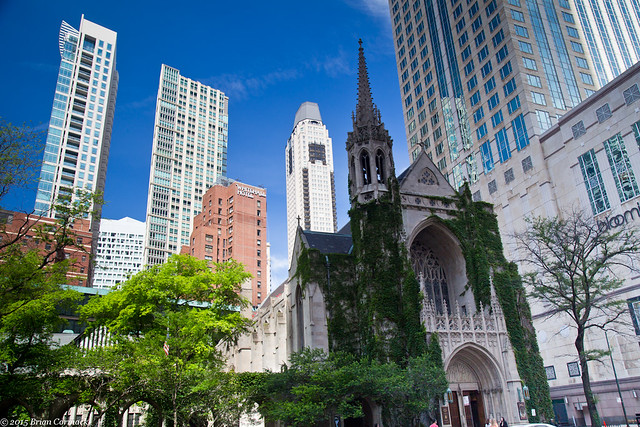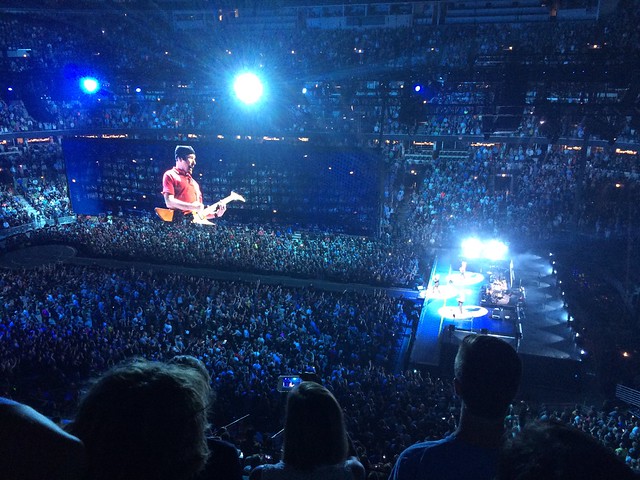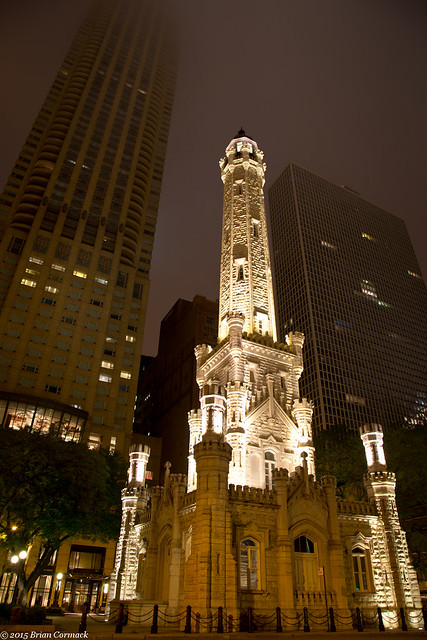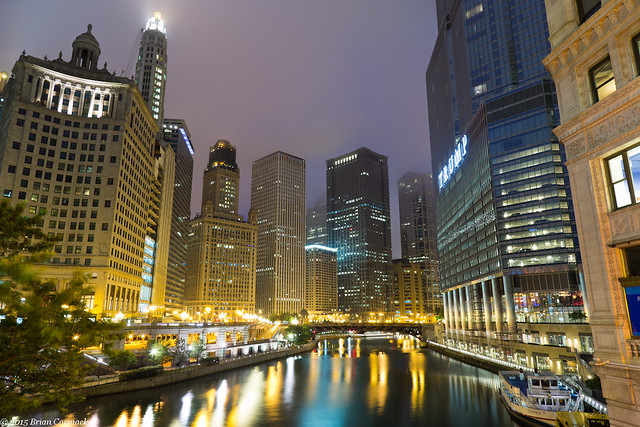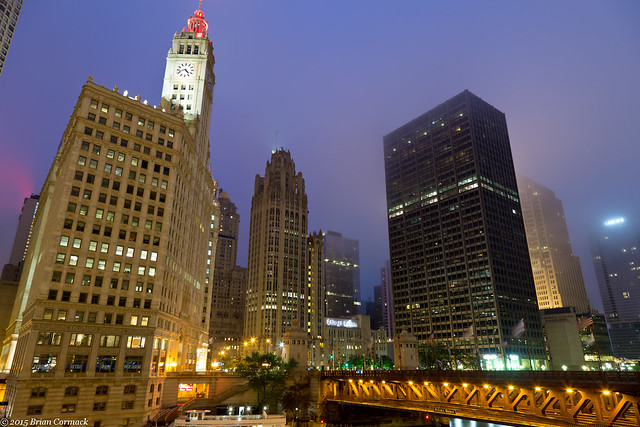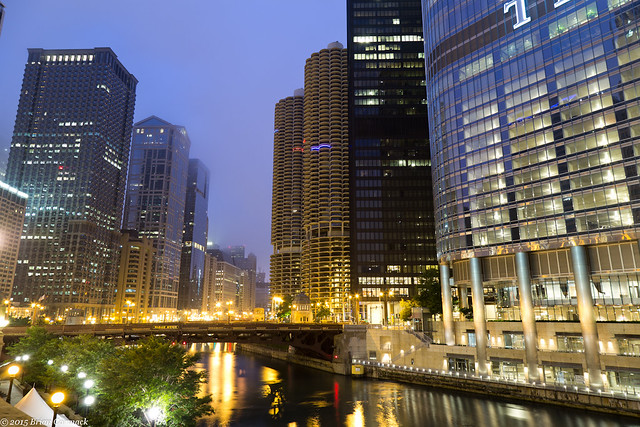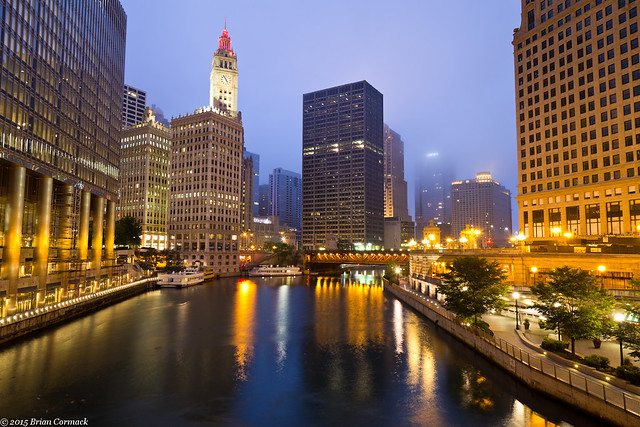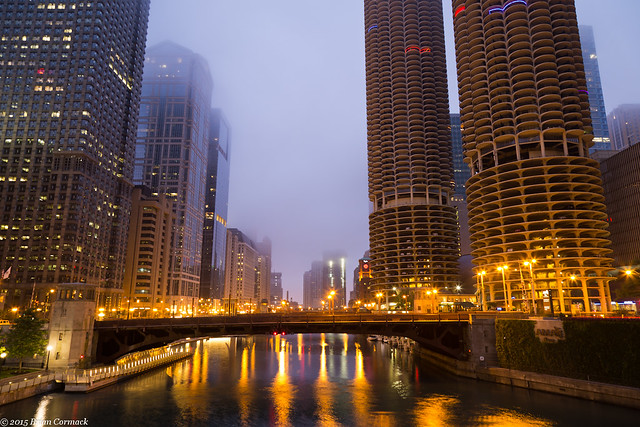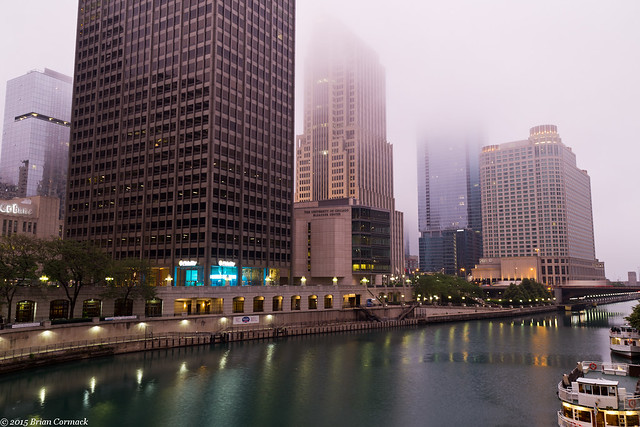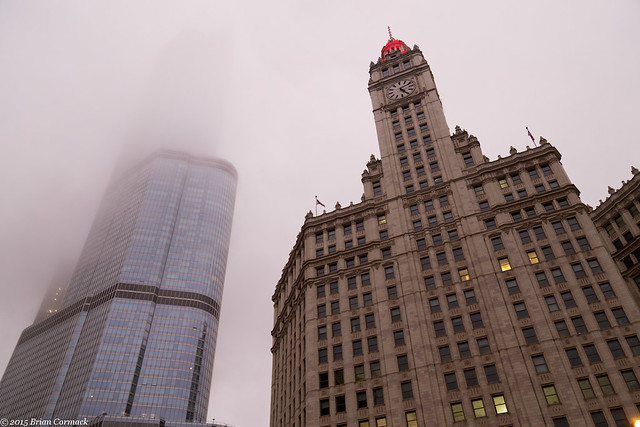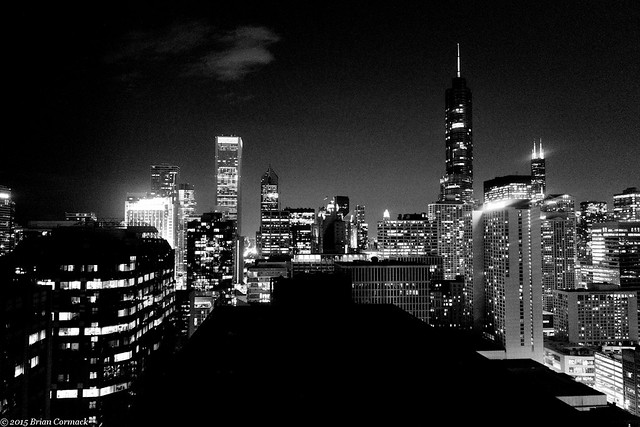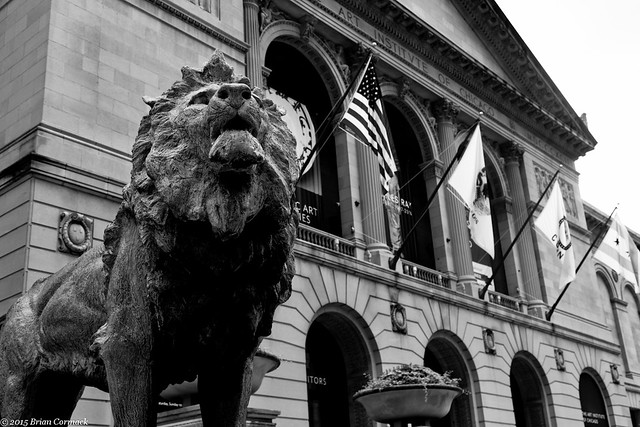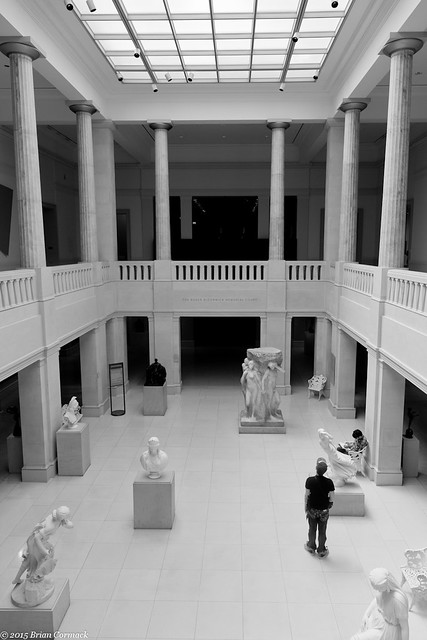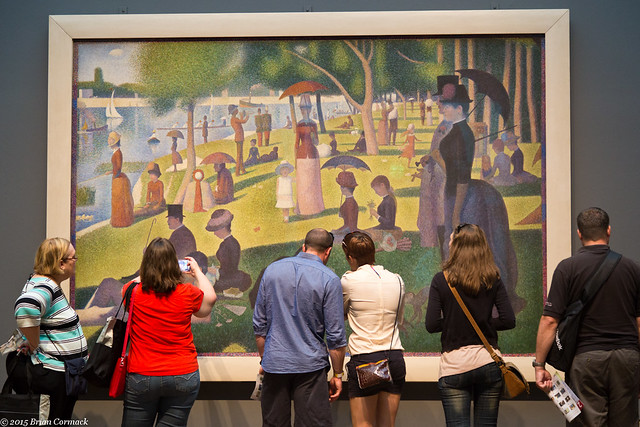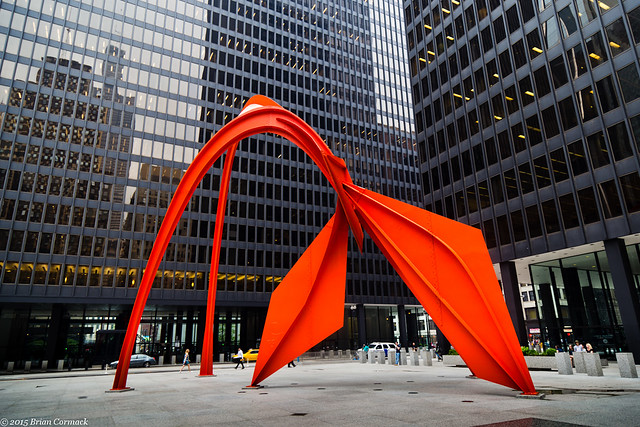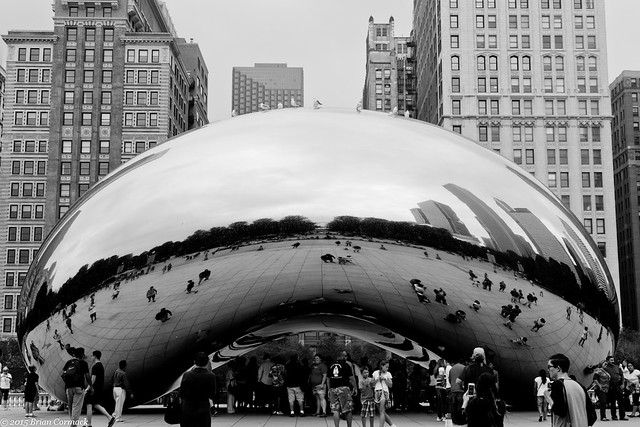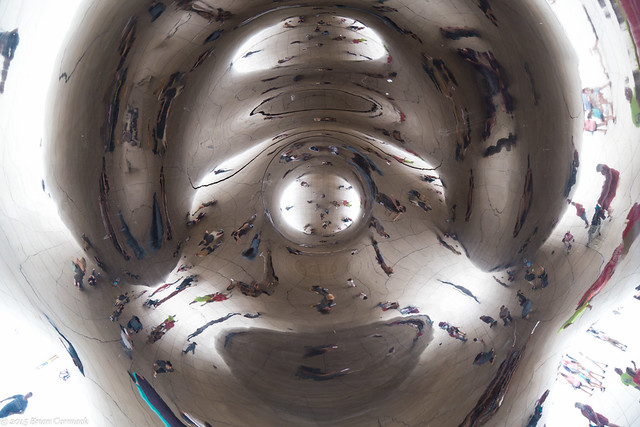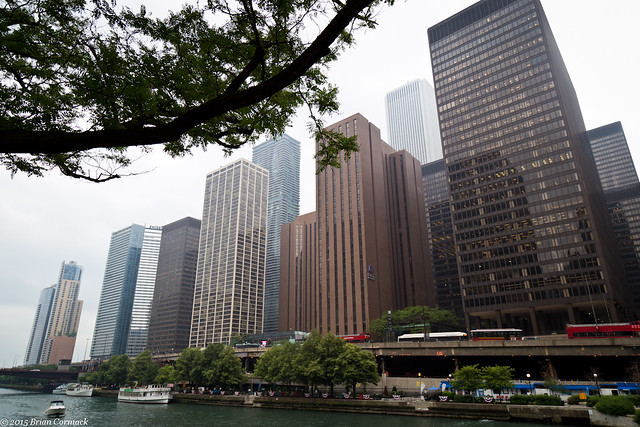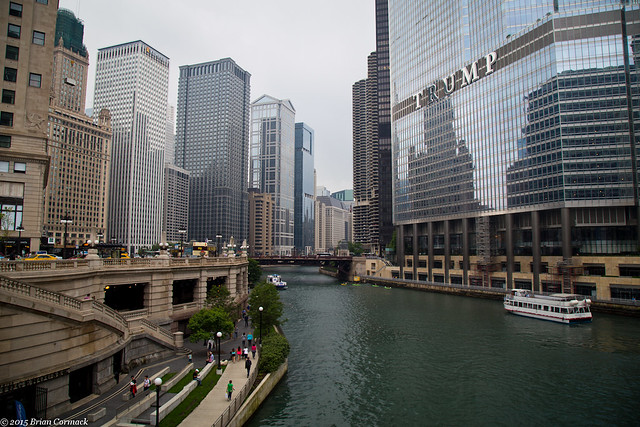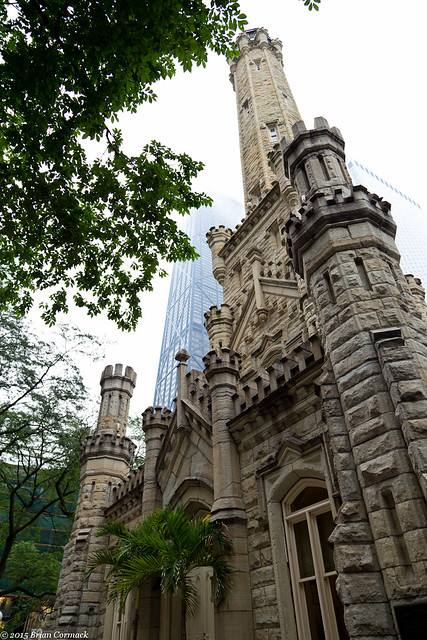The next morning we headed back out to visit a few more places in DC. The first stop was the Newseum, a large museum that documents the history of journalism. There were a lot of really interesting exhibits there, and it was one of the best museums that we visited while in DC. There is also a great view from the top of the building, overlooking Pennsylvania Avenue. The large building on the left is the headquarters of the Federal Trade Commission.
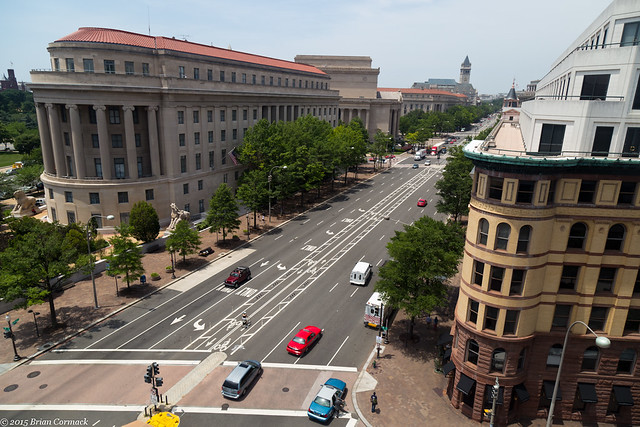
And the view from the other side, looking down Pennsylvania Avenue towards the Capitol. The Capitol dome is covered in scaffolding while it undergoes a renovation.
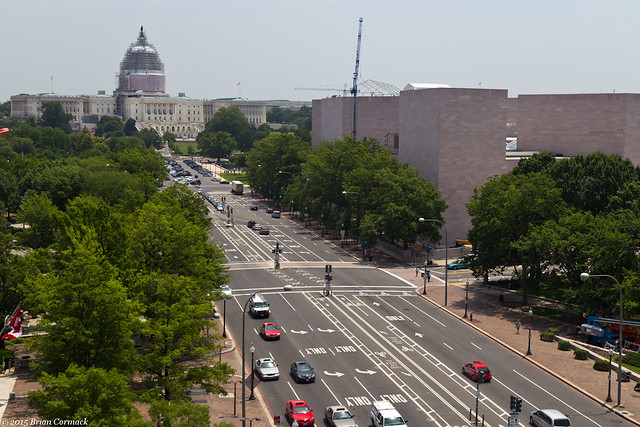
One exhibit here showed every Pulitzer Prize winning photo, and would even occasionally have the actual camera that was used to take the picture. There were also other artifacts on display that have been part of big news stories, like the Unabomber's cabin and the actual shoe bomb used by the Shoe Bomber. There were several artifacts there from the September 11th attacks, including part of the antenna that was on the top of the World Trade Center. The Newseum is also home to the largest section of the Berlin Wall that is on display outside of Germany. They also have a three story East German watch tower from Checkpoint Charlie.
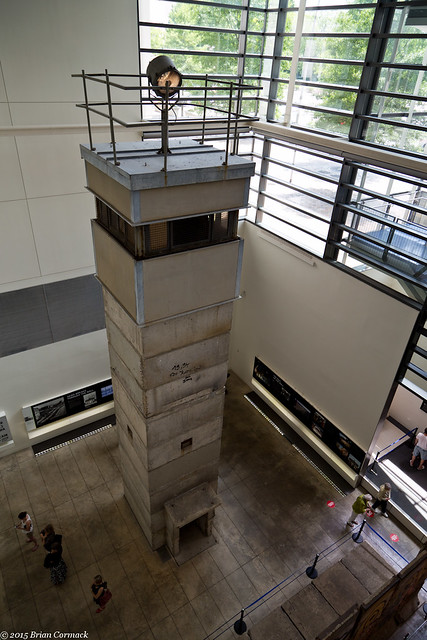
It is a really neat museum, we actually spent more time there than any other museum in DC.
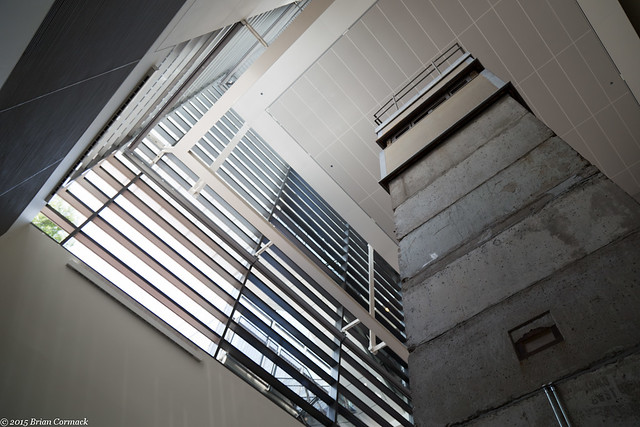
From there we walked over to the Capitol Building for a tour. The part of the Capitol that you can visit on the tour is small, only three rooms. I guess they don't want to have too many tourists running around the place all the time. But it's an interesting tour. After watching a little video they herd everyone into the Crypt, the room that sits directly beneath the Rotunda. From there you head upstairs to the Rotunda, which was partially covered by scaffolding and tarps from the renovation.
This is the statue of Martin Luther King Jr. that sits in the Rotunda. Behind him is a painting depicting the baptism of Pocahontas.
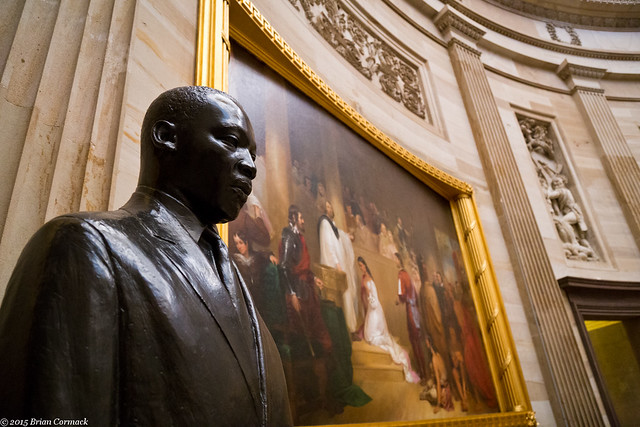
From there the tour takes you to the National Statuary Hall, a large chamber that houses statues that have been donated by each state. There are several statues of some famous Americans in the collection, like George Washington, Andrew Jackson, Rosa Parks, Helen Keller, Brigham Young and Dwight Eisenhower. Also quite a few statues of people you've never heard of before. One of Arkansas' statues is of
James Paul Clarke, who probably isn't our most treasured son and could maybe be replaced with a more well-known figure from Arkansas history. Like
Hattie Caraway,
William Fulbright,
Douglas MacArthur,
Daisy Bates,
Winthrop Rockefeller,
Neil Compton or even
Johnny Cash.
This shot is of a statue from Oregon, of
Jason Lee (not the actor from
My Name Is Earl, but a missionary from the 1800s).
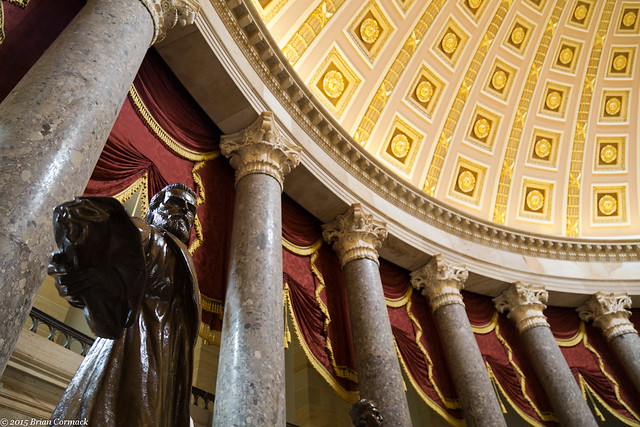
Before it was the Statuary Hall, this room used to be the home of the House Of Representatives. It was first used for the House starting in 1807, but had to be rebuilt after being destroyed by the British during the War of 1812. It reopened in 1819, and was used for several decades.
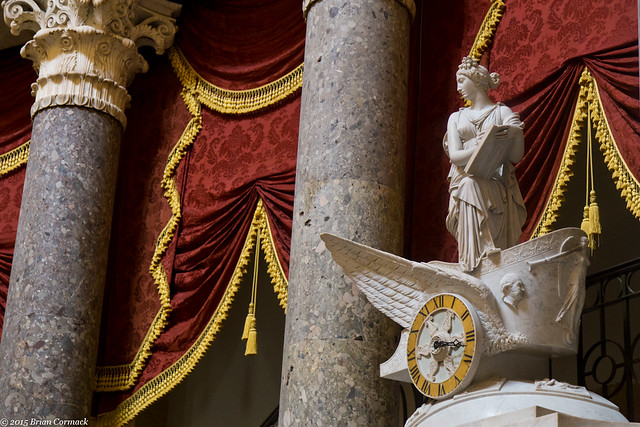
The chamber was the site of the inaugurations of several presidents, like James Madison, James Monroe, John Quincy Adams, Andrew Jackson and Millard Filmore.
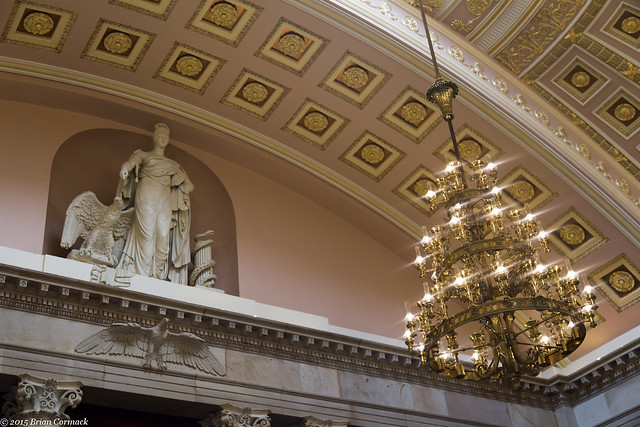
But the chamber's size, and its persistent echo, was too much for our delicate representatives. So they constructed the current chambers for the House, and moved into them in the 1850s. The room sat empty for a few years, until it was decided that it should become an art gallery. The first statue was placed here in 1870.
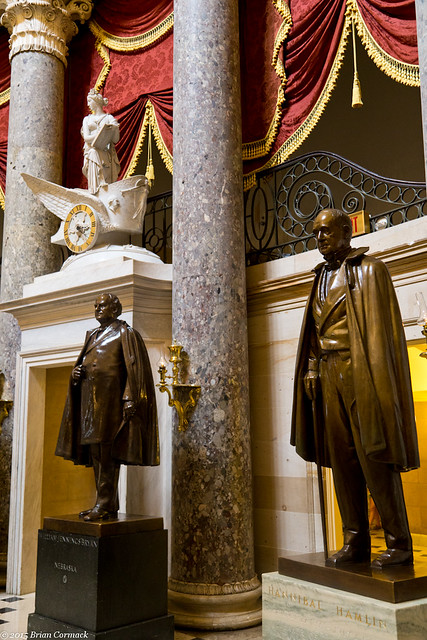
After this, the tour ended and we were shepherded back into the Visitor Center. Looking to stay in the air conditioning for as long as possible, we went through the tunnel that leads to the Library of Congress. Located just across the street from the Capitol is the Thomas Jefferson Building, which is the oldest building belonging to the Library of Congress. It's also one of the prettiest buildings in all of DC.
Built between 1890 and 1897, the interior of the Jefferson Building is an amazing and elaborately decorated wonder. This is the Great Hall, which was awesomely beautiful.
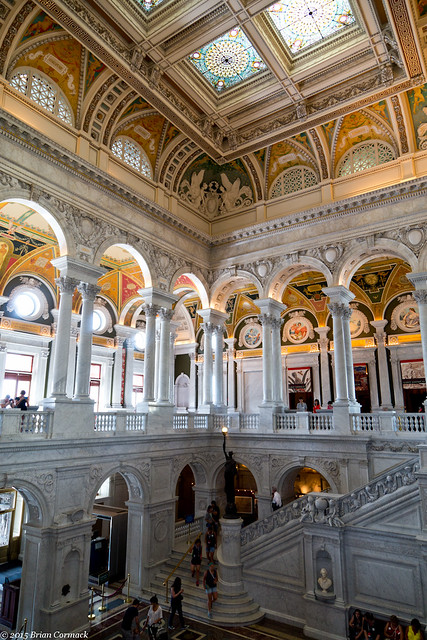
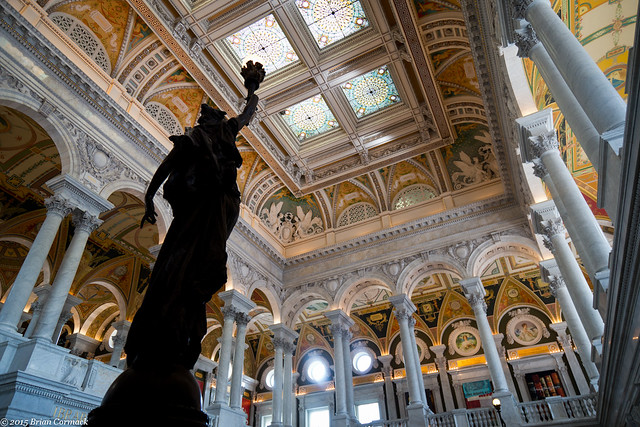
The artwork was incredibly detailed, with rich symbolism. At the bottom of this shot is a large mosaic of Minerva, the Roman goddess of Wisdom.
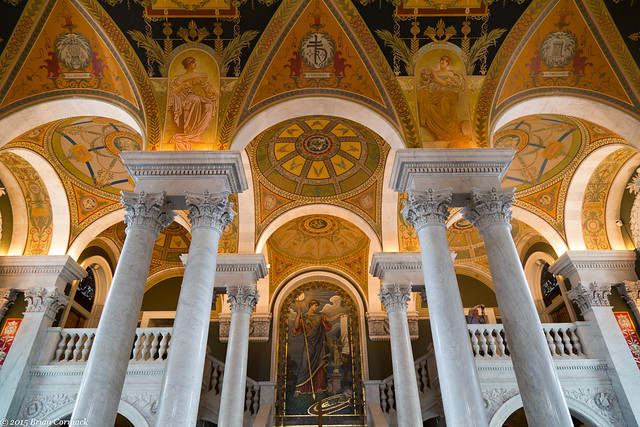
And here is a shot of the breathtaking Main Reading Room. A tour group came in while we were there, and the guide explained the symbolism of the statues along the walls and the historic figures they represented. Then she added, "and before you ask, yes this is where they filmed the National Treasure movies! Nicolas Cage was right in this building!"
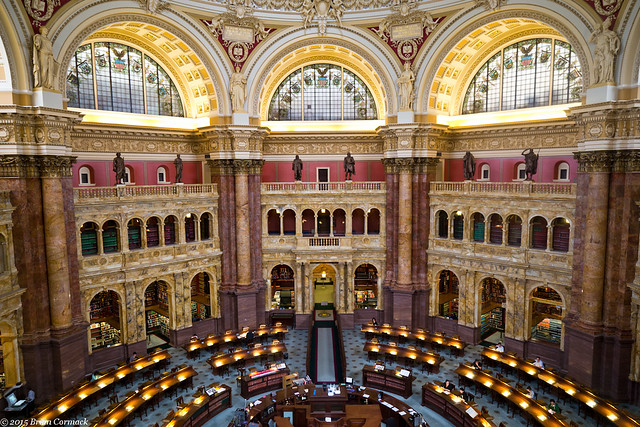
We headed out and walked by the Supreme Court. The building was completed in 1935, and was especially quiet considering this was just a few days before the Obamacare and same-sex marriage verdicts were announced. Only a few people and security guards were wandering around. I tired to take a few pictures, but the sun was reflecting off of the bright marble and was almost too bright to look at.
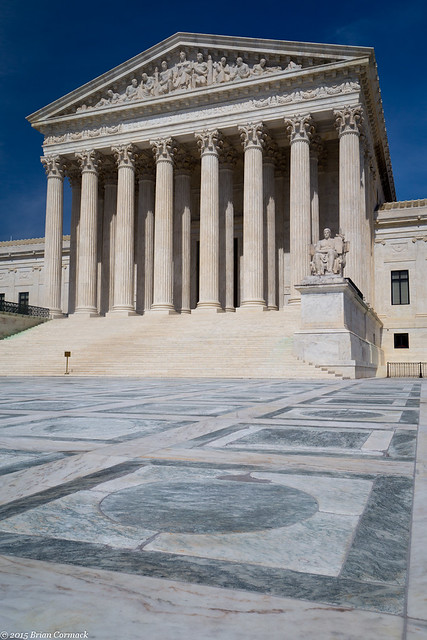
This was the end of our visit to DC. But luckily not the end of the vacation. We would head out the next day to visit another great city next. More on that soon!
